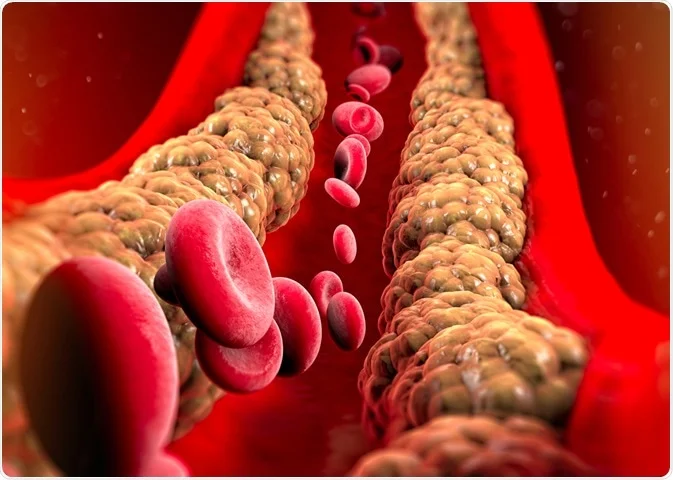Promising Reduction in Triglyceride Levels with Plozasiran
In a recent phase 2 study named SHASTA-2, researchers investigated the efficacy of plozasiran, an experimental drug, in reducing triglyceride levels among patients with severely elevated levels, which pose a risk of acute pancreatitis. The results demonstrated significant reductions in triglyceride levels, with most patients experiencing a decrease below the threshold associated with acute pancreatitis risk.
Lead investigator, Daniel Gaudet, emphasized the potential of plozasiran in addressing severe hypertriglyceridemia, a condition with limited effective treatment options.


Plozasiran targets the apolipoprotein C-III (ApoC-III) protein through RNA interference, facilitating the liver’s clearance of triglycerides from the body. The trial included 229 patients with severe hypertriglyceridemia, and those receiving plozasiran showed substantial reductions in triglyceride levels compared to placebo. Additionally, the study highlighted an increase in low-density lipoprotein cholesterol (LDL-C) and a transient decline in glycemic control among diabetic patients, which raised questions regarding the drug’s safety profile.
However, Gaudet suggested that these effects could potentially be managed with existing medications. Despite the promising results, concerns were raised regarding the observed increase in LDL-C and its implications. Further research, including outcomes and safety data, is warranted to fully understand the potential of plozasiran in managing hypertriglyceridemia.
In summary, plozasiran represents a significant advancement in addressing severe hypertriglyceridemia, offering hope for patients who have long lacked effective treatment options. However, continued research is necessary to address safety concerns and optimize its therapeutic potential.

In a recent phase 2 study named SHASTA-2, researchers investigated the efficacy of plozasiran, an experimental drug, in reducing triglyceride levels among patients with severely elevated levels, which pose a risk of acute pancreatitis. The results demonstrated significant reductions in triglyceride levels, with most patients experiencing a decrease below the threshold associated with acute pancreatitis risk.
Lead investigator, Daniel Gaudet, emphasized the potential of plozasiran in addressing severe hypertriglyceridemia, a condition with limited effective treatment options.

Plozasiran targets the apolipoprotein C-III (ApoC-III) protein through RNA interference, facilitating the liver’s clearance of triglycerides from the body. The trial included 229 patients with severe hypertriglyceridemia, and those receiving plozasiran showed substantial reductions in triglyceride levels compared to placebo. Additionally, the study highlighted an increase in low-density lipoprotein cholesterol (LDL-C) and a transient decline in glycemic control among diabetic patients, which raised questions regarding the drug’s safety profile.
However, Gaudet suggested that these effects could potentially be managed with existing medications. Despite the promising results, concerns were raised regarding the observed increase in LDL-C and its implications. Further research, including outcomes and safety data, is warranted to fully understand the potential of plozasiran in managing hypertriglyceridemia.
In summary, plozasiran represents a significant advancement in addressing severe hypertriglyceridemia, offering hope for patients who have long lacked effective treatment options. However, continued research is necessary to address safety concerns and optimize its therapeutic potential.
